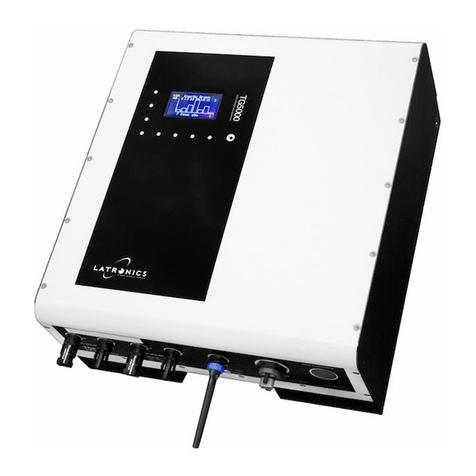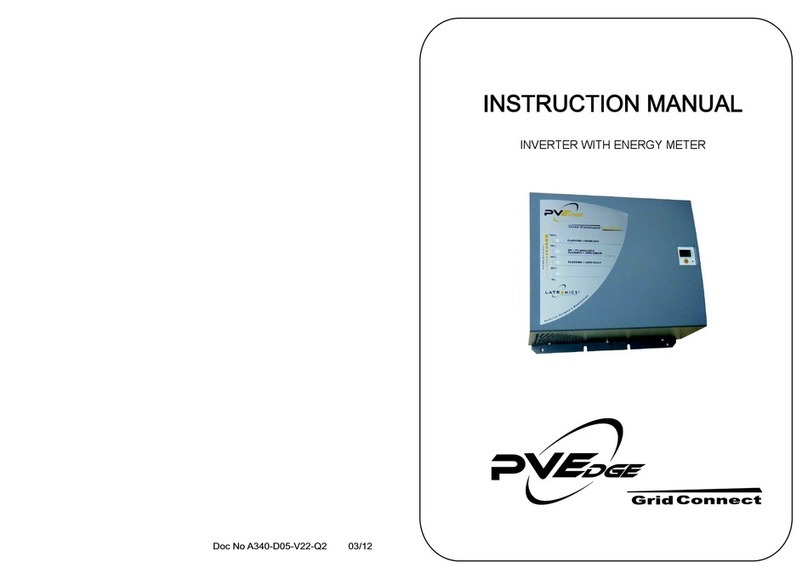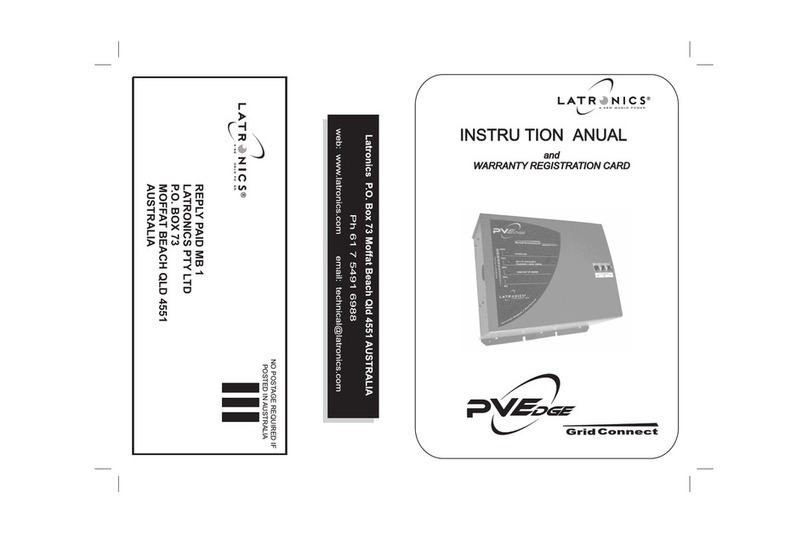CONTENTS
1.
Considerations Before Install .................................................................................. 4
DC Wiring .................................................................................................................... 5
Battery Sizing.............................................................................................................. 5
AC Wiring..................................................................................................................... 6
Other Safety Considerations .................................................................................... 7
INSTALLATION
3
2.
Battery Safety ............................................................................................................ 8
Battery Maintenance ................................................................................................. 9
BATTERY MAINTENANCE AND SAFETY
3.
4.
Specications Table ................................................................................................ 22
Model and Serial Number ...................................................................................... 23
SPECIFICATIONS & SERIAL NUMBER
5.
LED Indicators ......................................................................................................... 10
Inverter Features...................................................................................................... 11
Dip Switch Location ................................................................................................. 12
Dip Switch Settings .................................................................................................. 13
INVERTER CONFIGURATION & OPERATION
Part 1 - Warranty Descriptions............................................................................... 14
Part 2 - Returning a Latronics Product for Service Under Warranty ................. 15
Part 3 - General Information .................................................................................. 15
WARRANTY TERMS AND CONDITIONS FOR AUSTRALIA
How to Reduce Radio Frequency Interference .................................................... 16
Inverter Servicing ..................................................................................................... 17
Repair and Decommissioning ................................................................................ 17
Overvoltage Categories........................................................................................... 17
Fault Finding Procedure.......................................................................................... 18
Helpful Hints............................................................................................................. 18
Ineciency and Noise ............................................................................................. 19
Declaration of Conformity ...................................................................................... 20
Customer Notes ....................................................................................................... 21
OTHER ITEMS
6.
































